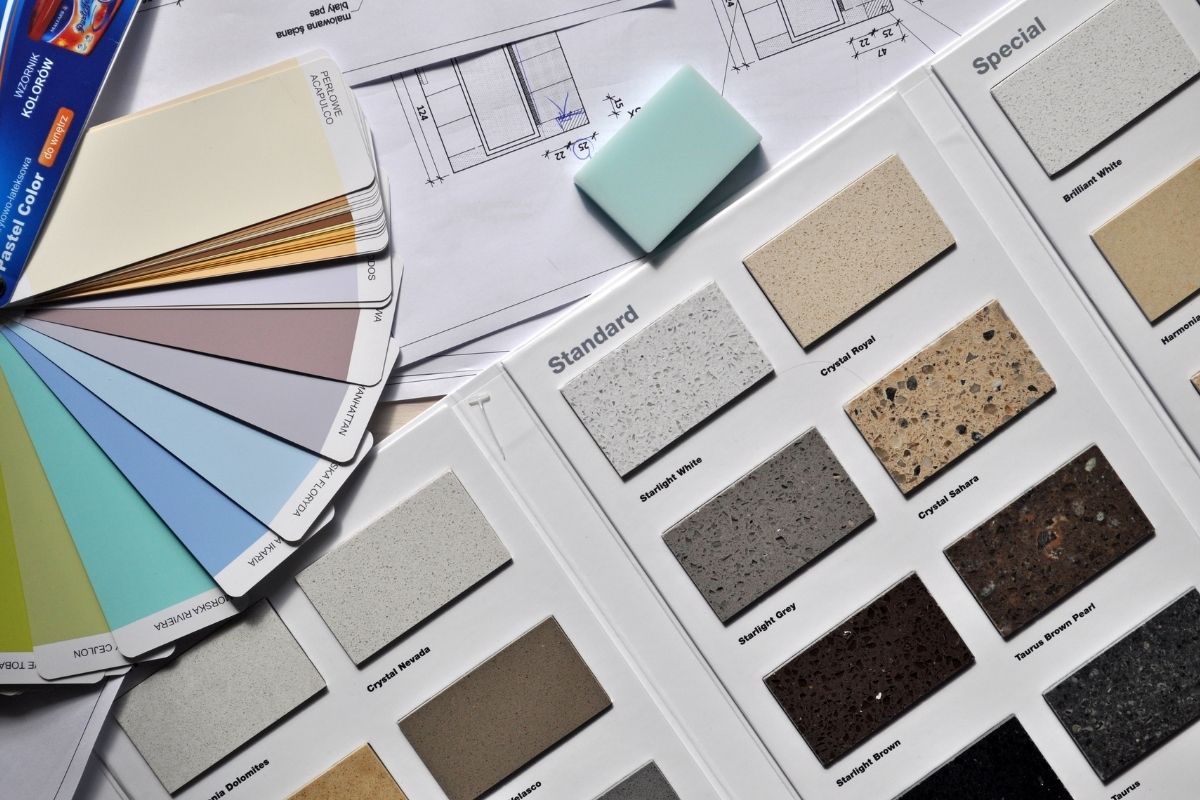In your journey through online UX design education, you may have heard of “experience design” or “experiential design.” Many people mistake experience design for UX (user experience design) or UI design. I would like to explain the differences.
User experience relates mostly to the interaction between the user and an interface. The interface, or UI, can be anything and is not just limited to the digital environment. The aim of a user experience designer is to make experiences, conversations, and interactions present, efficient, and seamless.
In comparison, experience design and experiential design relate to a 360-degree point of view. Take the following scenario as an example.
Say you are walking into an event. Before going to the bar, you may need to download, install, or open an app on your phone. The app will enable you to generate a code that will give you access to the bar.
Alternatively, there may be a QR code that you need to scan to get a gift from these events. Both user experience and experience design are emerging fields, with each of them informing one another. User experience relates to the design of the QR code and what happens on screen.
Experience design, however, involves the entire process of experiences. Usually, experience design is multi-sensory; the five senses, or at least most of them, will be stimulated. In UX, meanwhile, designers focus on the senses of sight, hearing, and touch.
To bring your awareness to the concept, let’s discuss the role of the senses in greater depth. Sight comes into play because (obviously) we are looking at our screens. We work with what we hear from the sound of the screens. There may be music or sound effects or pushes with audio and tactile prompts.
“The tactile” refers not only to how we touch our screens or keyboards. It also refers to, for example, how our phone vibrates when someone calls us, or how an app sends you push notifications to get your attention.
We now move on to the experience design realm. There is an entire world that is created, where each element is meant to stimulate all of your senses. Going back to the event we described earlier, the experience includes how you arrive at the event. How are you greeted? What is the music, and how does it pair with the light design? Perhaps the experience is tailored to create a path of circulation or a journey.
If there is food or beverages around, what dishes are served? How do you drink the beverages? Do you interact with the host or event speakers? How are you seated? What is the color of the chairs, walls, and other elements in the event space? What else happens within that space? Experience design is meant to be 360 degrees — “omnichannel”, so to speak.
UX design and experience design are independent, but they can also coexist with one another. Yes, it is possible to merge both of them; but knowing the difference between the two will enhance your design processes and portfolios.
